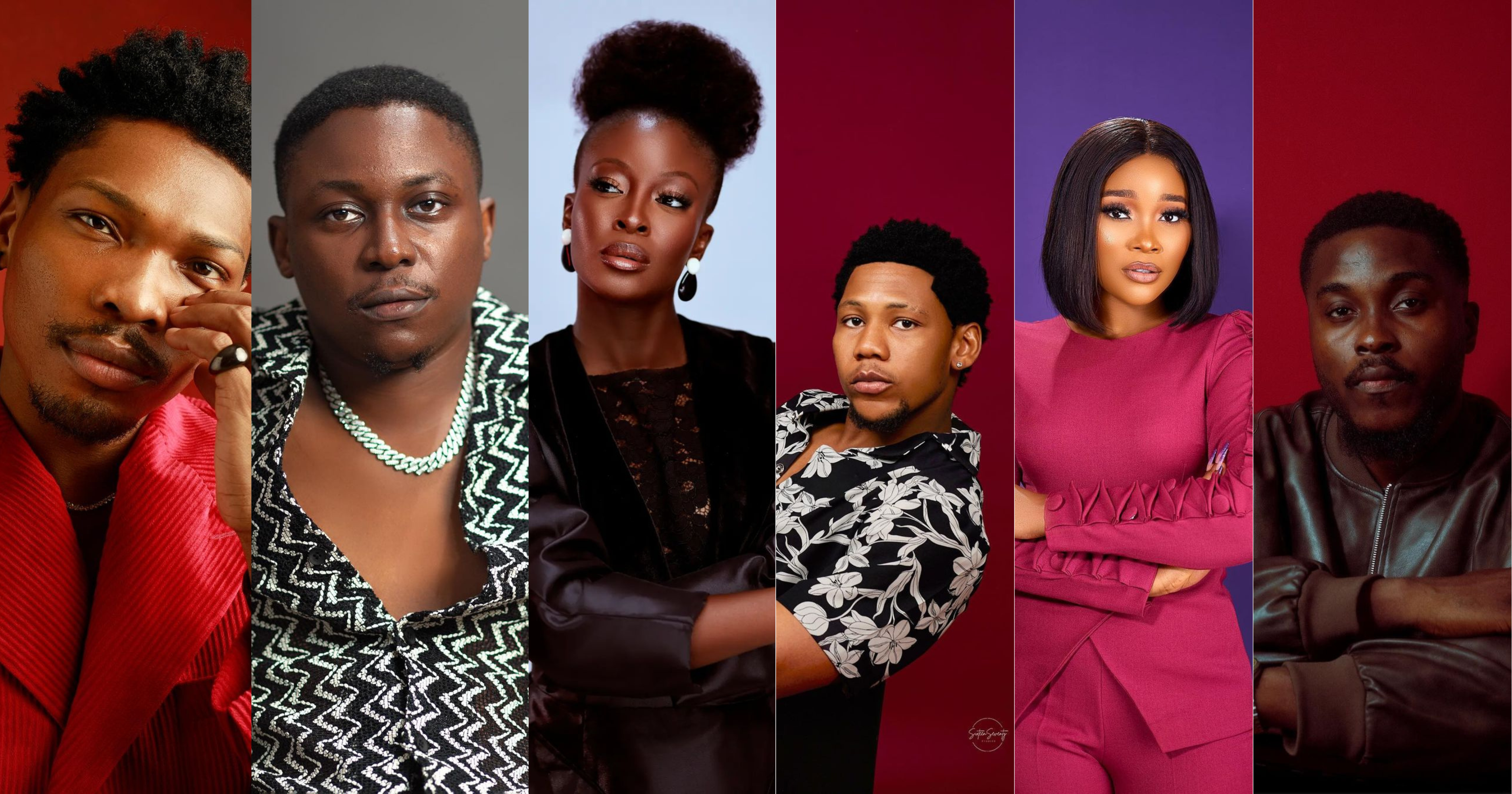When I was younger, the fashion magazines felt like forbidden treasures, filled with secrets I couldn’t understand but deeply felt. Each glossy page was both a dream and a confrontation—a world where women looked impossibly perfect, with slender silhouettes, flawless skin, and towering height. Yet, somewhere within me, I struggled to find myself in these pages. And I wasn’t alone. For countless children, especially those in Africa and beyond, the fashion industry’s rigid standards felt like a mirror that refused to reflect their reality. It was a world where black, plus-size, or short bodies simply didn’t belong.

Body dysmorphia has always existed, I’d often refer to it as The Rise Of High Fashion Standards And The Loss Of Self. Yet, it wasn’t until the early 2000s that it took on a new kind of life, fueled by the high fashion and beauty standards proliferating around the world. Designers seemed to favor a single vision of beauty: slender, white, and impossibly flawless. Icons emerged who were never really “just like us.” These figures of beauty weren’t simply unattainable for many; they were distant, something society would endlessly chase but never quite reach.

For a young child in Lagos or Accra, in Paris or New York, this world of fashion meant one thing: you had to fit the mold or be invisible. We watched as magazine covers, advertisements, and runway shows rarely, if ever, displayed bodies that looked like ours. If you were black, if you were fat, if you were short, the fashion industry didn’t seem to care if you existed.
How can we talk about body dysmorphia without talking about fashion? Fashion shapes how we see ourselves and, more importantly, how we feel we are seen. Children who grew up in these years were fed the narrative that beauty was singular, that it looked a specific way, and that their bodies, if they didn’t fit, were somehow lacking. For many black children, the message was harsher still. They saw little representation that embraced dark skin or celebrated their natural shapes and textures.

I remember friends and family members buying skin-lightening creams, hoping to match an ideal they’d seen on billboards. People suffered in silence, believing they were the problem, not the standards. And with no alternative voices to tell them differently, that belief became their truth.
What people didn’t know was that the constant denial of their own beauty planted seeds of body dysmorphia—a sense of alienation from their own reflection.
Body dysmorphia isn’t just a personal struggle; it’s a byproduct of societal pressures that hold mirrors up to us, demanding we look a certain way. When a generation of young people is bombarded with images of uniform beauty—identical body shapes, limited skin tones, rigid gender norms—the damage doesn’t remain on the surface. It permeates deep into how we understand ourselves. Fashion, in its obsession with perfection, cultivated this sense of inadequacy. It told us we weren’t good enough as we were.
Body dysmorphia often feels like a silent shadow, haunting moments that should be joyful and carefree. We learn to critique ourselves before anyone else can. And as the fashion world clings to these ideals, society at large struggles to break free from the grip of self-doubt.
Yet, in recent years, something remarkable has happened: fashion, albeit slowly, has begun to change. Brands have started to listen to the voices demanding inclusivity. Campaigns featuring plus-size, black, disabled, and gender-diverse models have emerged, reclaiming spaces that had long been denied to us. Figures like Precious Lee, Paloma Elsesser, and Aaron Philip are not just models; they’re reminders that beauty is as varied as humanity itself.
But the shift in fashion is more than a trend. It’s a restoration of something that was lost—a recognition that beauty belongs to everyone, regardless of size, color, or shape. Children growing up now are beginning to see bodies that look like theirs, faces that reflect their own. It’s a slow journey, but it’s one that’s reshaping our collective vision of beauty.

Fashion’s influence on body image cannot be ignored. It has the power to either lift us up or tear us down. And for too long, it has been a source of self-doubt, a driving force behind body dysmorphia. But as we clamor for body positivity and inclusivity, there is perhaps hope. We can reshape what beauty looks like, making it a celebration of diversity rather than a narrow ideal.
For those of us who never saw ourselves reflected in the magazines, the billboards, or the runways, the journey to self-love may have been harder. But perhaps, in embracing our differences, we can find healing and beauty in our uniqueness. Fashion may have tried to define us, but now, we’re taking back that power and defining ourselves.








